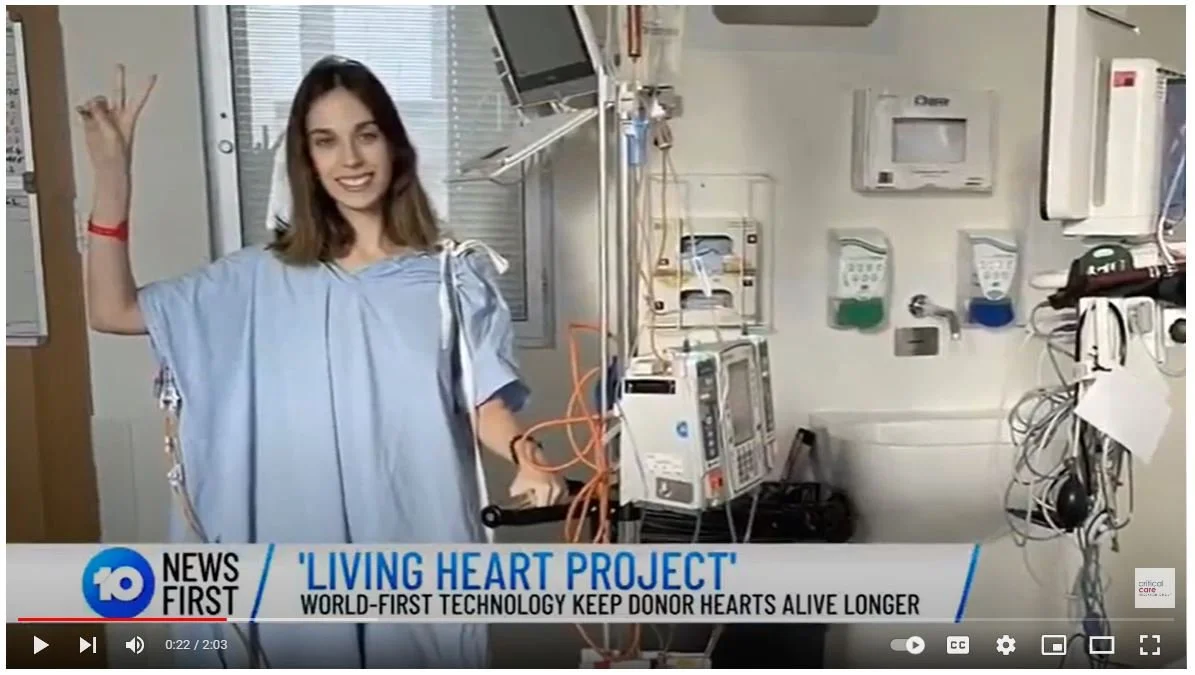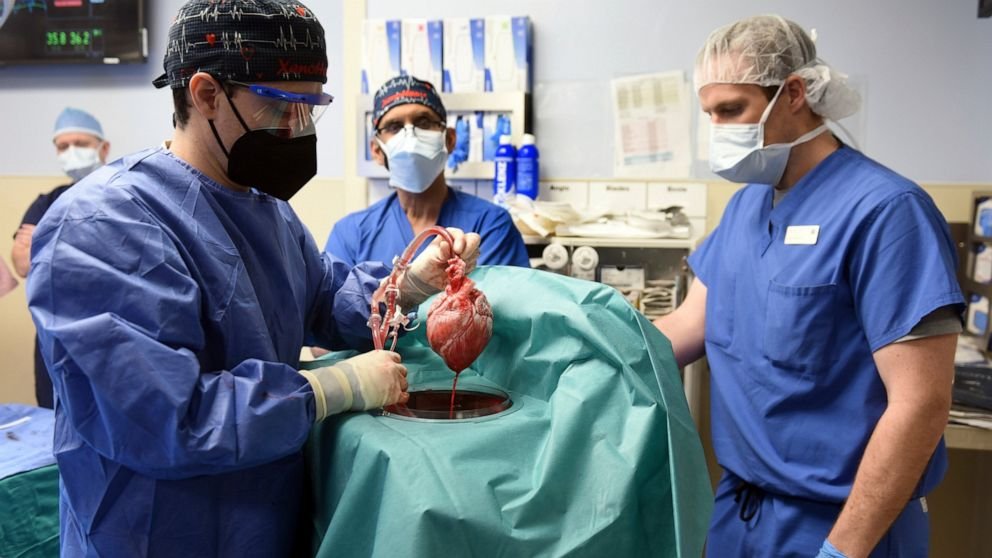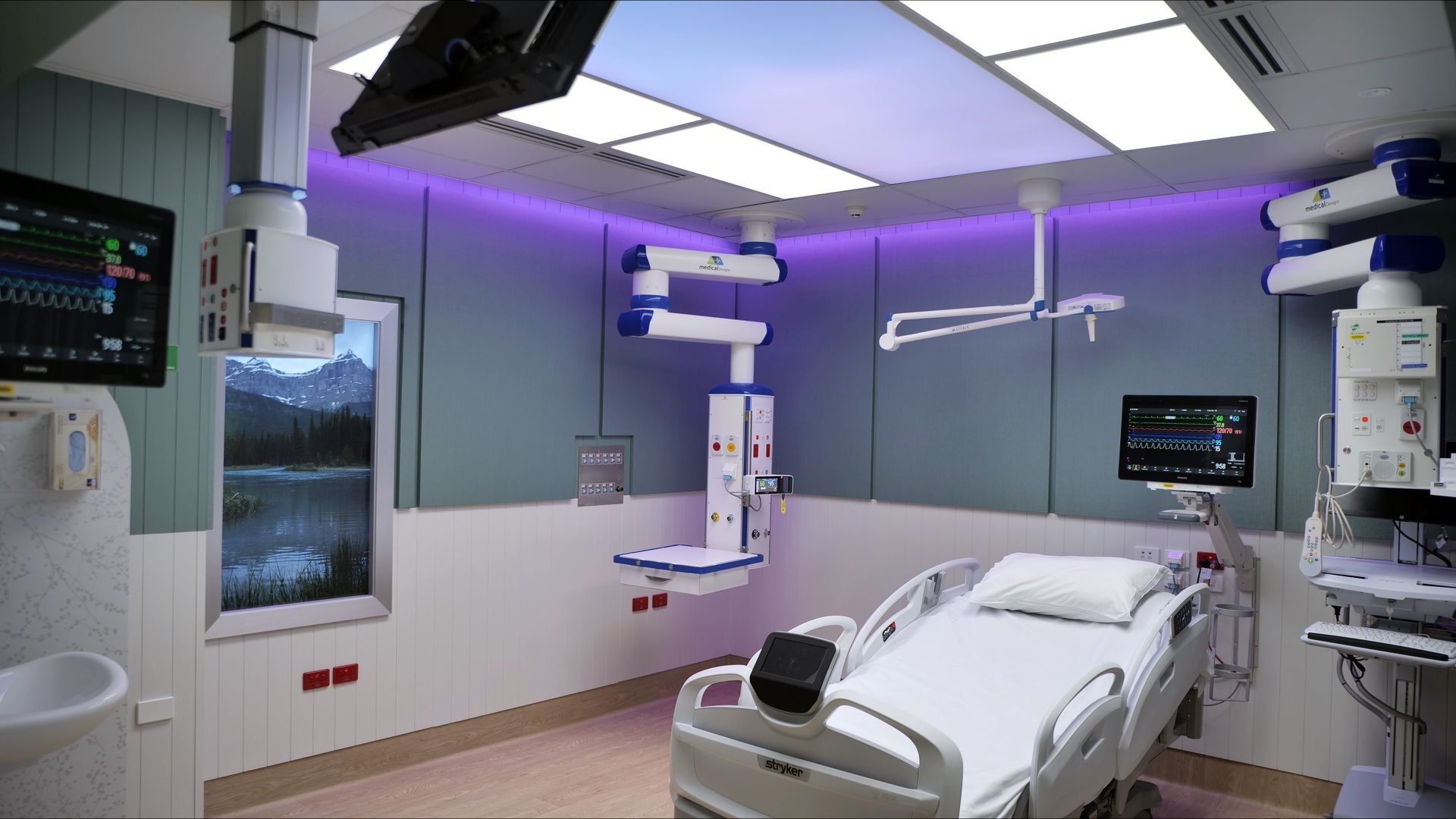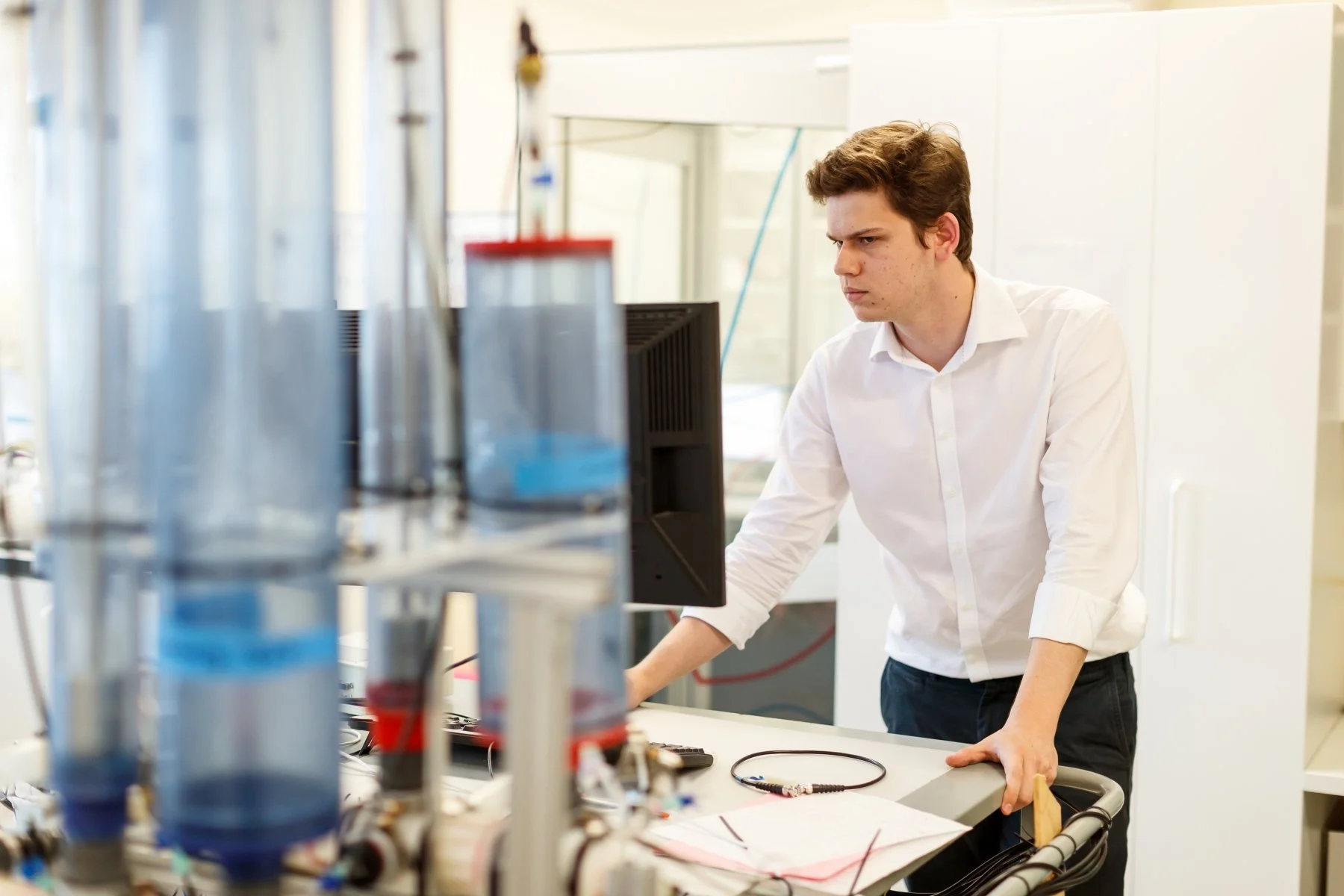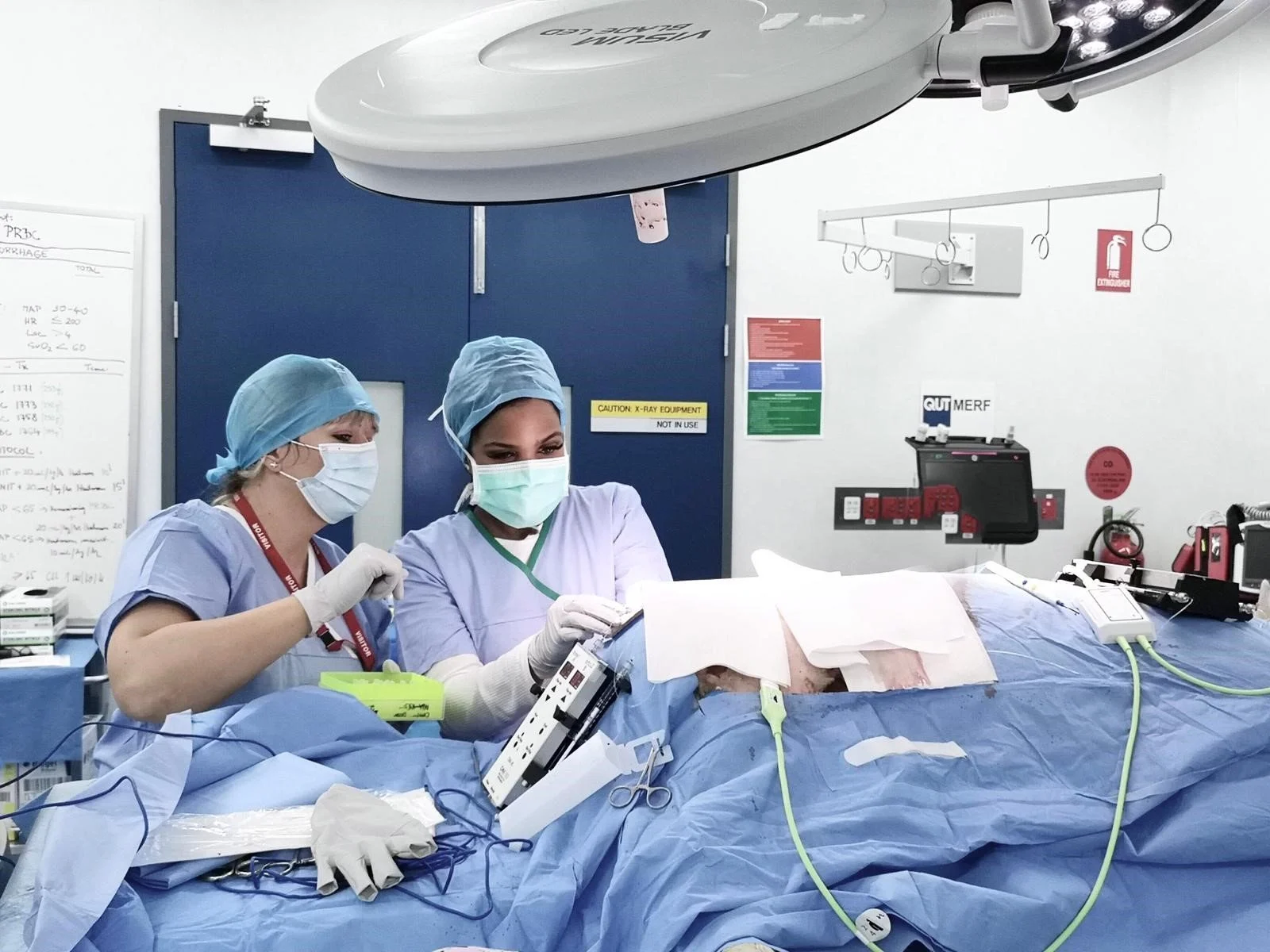The Living Heart Project.
’Rebooting’ donor hearts with HOPE - hypothermic oxygenated perfusion.
The first major innovation in heart transplant in over 60 years.
A new way to transport and protect donor hearts
CCRG has perfected the use of a novel hypothermic oxygenated perfusion (HOPE) device that has revolutionised the practice of heart transplantation internationally.
The device allows donor hearts to rest and be rejuvenated before transplantation, perfused with a medical “Gatorade” rich in oxygen and nutrients. HOPE also allows donor heart to remain ‘ex vivo’ outside the body for >3 times longer and cover distances never thought possible.
Heart failure is a growing health epidemic globally, the world’s biggest killer. Once developed, is irreversible and fatal.
Heart transplant (HTx) is the only effective treatment for end-stage heart disease, yet organ shortage is the greatest challenge facing the transplant field today. Consequently, only a small number of patients with end-stage heart disease are given the opportunity of a transplant.
Until recently, donor hearts were still placed in an ice slush to be transported between donor and recipient. This method provides limited transport time before the heart is at risk of poor function in the recipient, hence many donor hearts in Australia and New Zealand cannot be transplanted because the transport time is excessively long. Poor function of the donor heart once transplanted into the recipient is the major driver of morbidity and mortality after HTx.
CCRG has demonstrated that with HOPE donor hearts can remain outside the body for over 13 hours, more that three times longer than when stored in ice.
The Living Heart Project represents the first major innovation in the field of heart transplantation in over 60 years.
CCRG developed the most advanced, clinically relevant model to examine the use of HOPE and shepherd the use of this technology into clinical practice internationally.
Using machine perfusion, every donor heart in Australia and Ne Zealand can now be transported to a transplant centre in either country.
This has increased the volume of donor hearts available each year by approx. 20-25%.
Meet Alex, 24-year-old recipient of a donor heart transported with HOPE
In the cardiac ward of a Perth hospital waiting for a donor heart, adrenaline fed through her veins from a drip was the only thing keeping her alive as her failing heart struggled to pump blood.
“I was very grey, I was so pale that I was see-through,” Ms Moroianu says. “My heart was so enlarged, it would shake my body with every pump.”
Although doctors did not know why their young patient’s heart was failing, they knew she would not survive long without a transplant. She was placed on the transplant waiting list, but in Western Australia, hearts are donated only about once every four or five days, and not all donated hearts are suitable for every individual. The east coast was too far away for a donor heart to be transported and survive.
Deprived of oxygen, the precious organs deteriorate fast – within four to five hours – and it’s a race against time. Three out of four donor hearts nationally are currently discarded.
Select Publications
“For some time, we have been following the Critical Care Research Group’s impressive work and the subsequent clinical trials with great interest. Their preclinical results encouraged our use of the same system here and gave us confidence to move ahead with a transplant into a human.”
Dr Bartley Griffith, MD
University of Maryland School of Medicine
Muhammad M. Mohiuddin, MD, who worked alongside Dr Griffith said: “Without HEVP technology this transplant would never have happened.”
More Critical Care Research Group Projects




